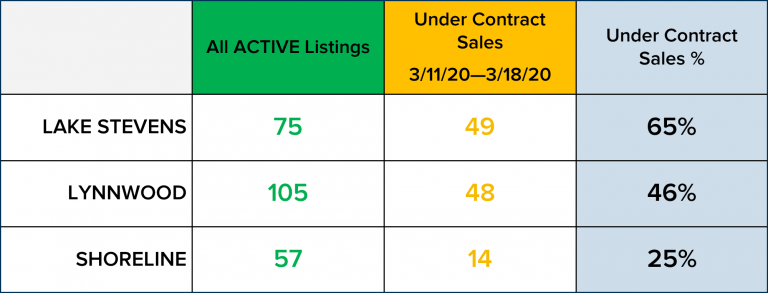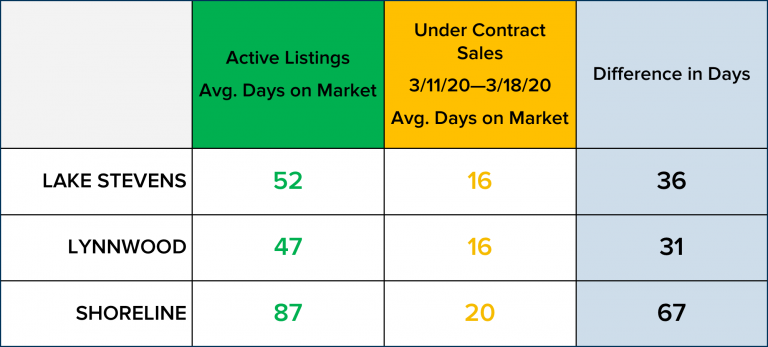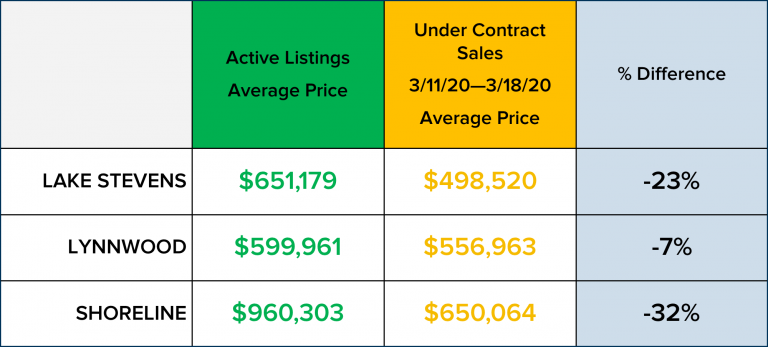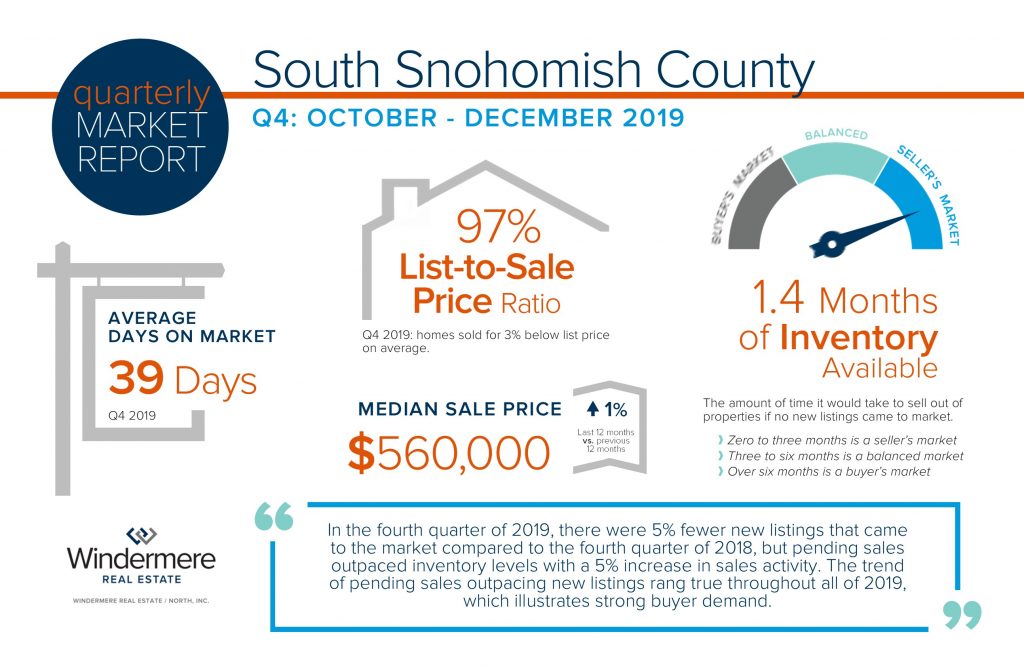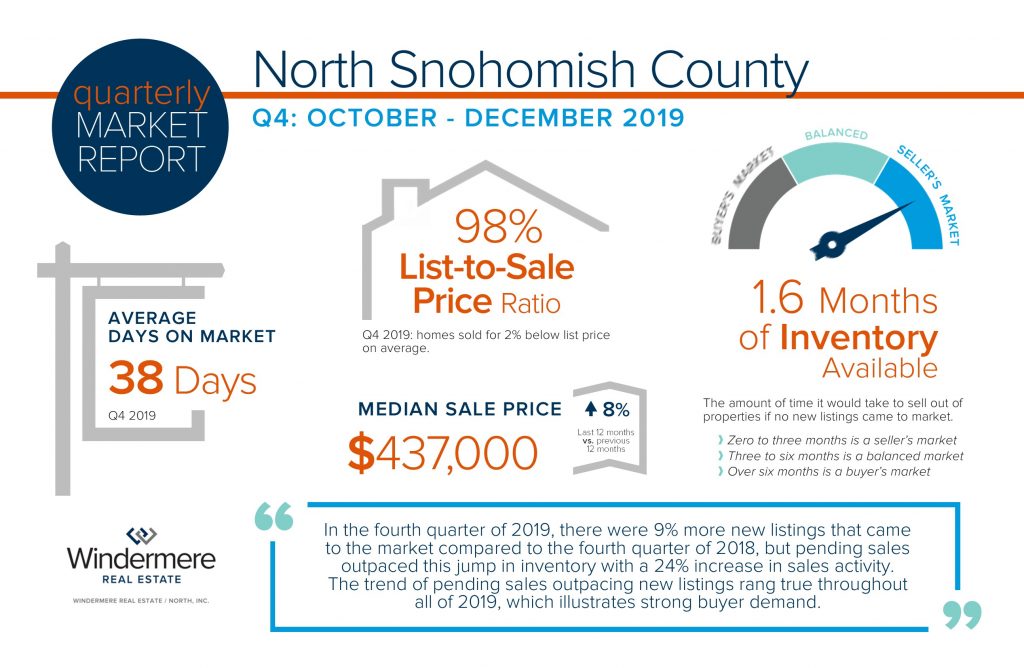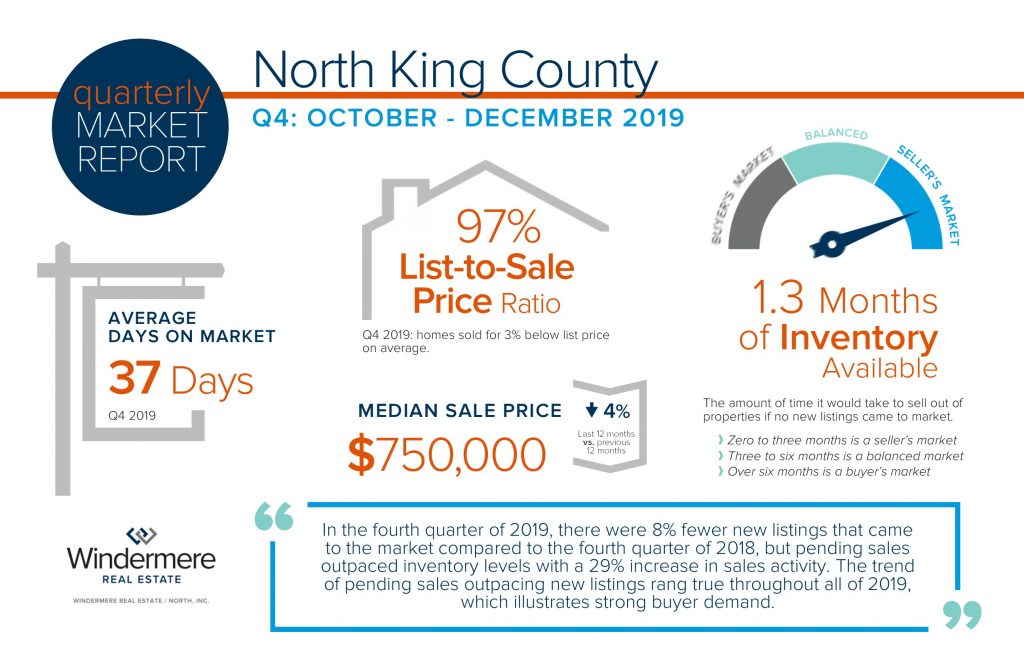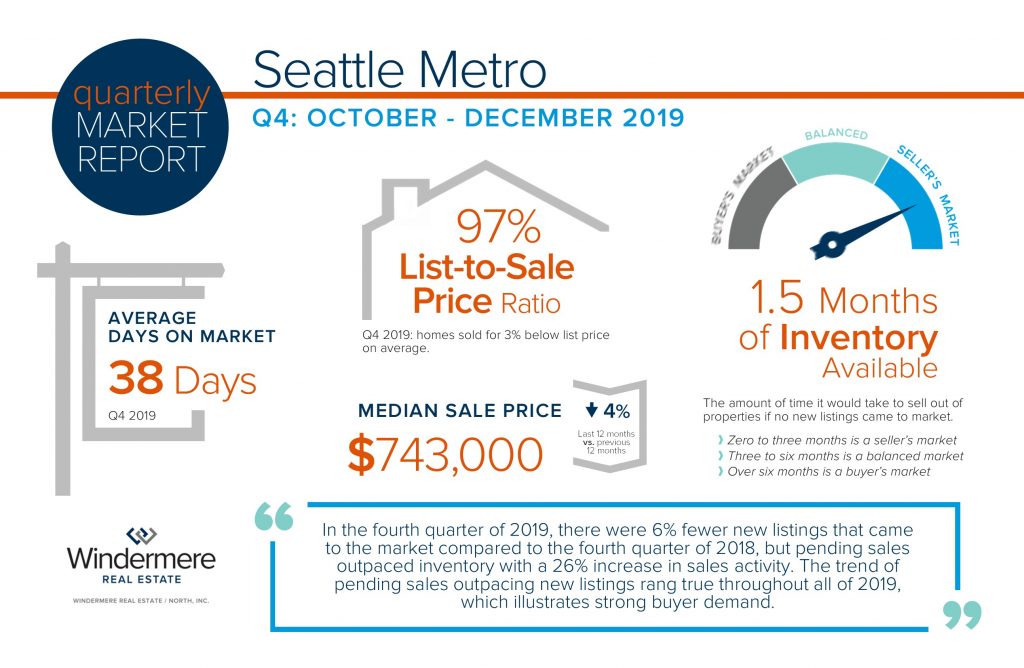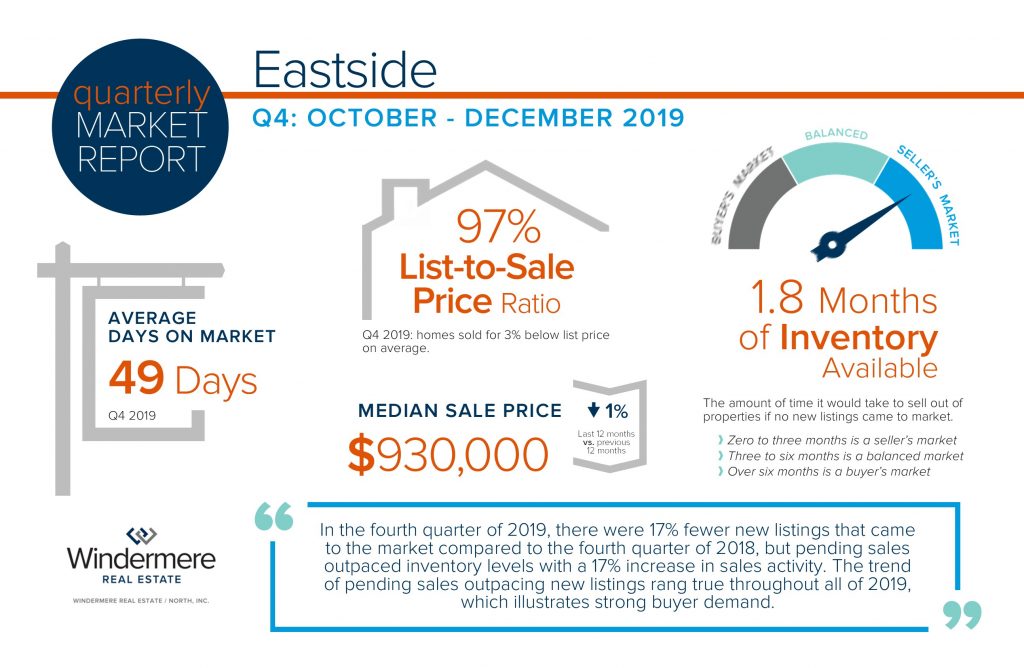
On March 28, 2020, Washington State Governor Jay Inslee amended his statewide “Stay Home, Stay Healthy” order to allow certain real estate activities to operate in the coming weeks. It’s important to understand that this change does not mean that real estate is returning to business as usual. Rather, there are strict protocols that brokers and their clients must follow as mandated by the amended order. Windermere brokers are committed to safely helping their clients move their lives forward during these challenging times. To do so, here are the guidelines we must follow:
WHAT WE CAN AND CANNOT DO IN THE COMING WEEKS:
- No open houses under any circumstances.
- In-person meetings with clients are prohibited, except when necessary to view a property or sign documents.
- When deemed necessary, home showings of active listings are by appointment only.
- Only two persons allowed in a home at a time, including the representing broker.
- Scheduled inspections and appraisals for pending transactions are allowed.
- Buyer walk-throughs for pending transactions prior to closing are allowed.
- Providing keys to buyers at closing is allowed.
- Photographers, videographers, stagers and movers are considered non-essential and remain prohibited under the order.
- All real estate activities must meet social distancing, appropriate health standards, and worker protection measures.
While real estate brokers have more latitude now to perform certain duties, we want you to know that Windermere’s highest priority is the safety of our brokers, our clients, and our community. To minimize personal contact, we strongly encourage using virtual tours, video chat, and other forms of technology to view homes, stay connected to your broker, and conduct business.
Despite the challenges we’re facing, our brokers are more focused than ever on taking care of their clients and helping them achieve their real estate goals with outstanding professionalism, attention to detail, and an over-commitment to service.
Stay Home, Stay Healthy: The Impact on Real Estate

On March 28, 2020, Washington State Governor Jay Inslee amended his statewide “Stay Home, Stay Healthy” order to allow certain real estate activities to operate in the coming weeks. It’s important to understand that this change does not mean that real estate is returning to business as usual. Rather, there are strict protocols that brokers and their clients must follow as mandated by the amended order. Windermere brokers are committed to safely helping their clients move their lives forward during these challenging times. To do so, here are the guidelines we must follow:
WHAT WE CAN AND CANNOT DO IN THE COMING WEEKS:
- No open houses under any circumstances.
- In-person meetings with clients are prohibited, except when necessary to view a property or sign documents.
- When deemed necessary, home showings of active listings are by appointment only.
- Only two persons allowed in a home at a time, including the representing broker.
- Scheduled inspections and appraisals for pending transactions are allowed.
- Buyer walk-throughs for pending transactions prior to closing are allowed.
- Providing keys to buyers at closing is allowed.
- Photographers, videographers, stagers and movers are considered non-essential and remain prohibited under the order.
- All real estate activities must meet social distancing, appropriate health standards, and worker protection measures.
While real estate brokers have more latitude now to perform certain duties, we want you to know that Windermere’s highest priority is the safety of our brokers, our clients, and our community. To minimize personal contact, we strongly encourage using virtual tours, video chat, and other forms of technology to view homes, stay connected to your broker, and conduct business.
Despite the challenges we’re facing, our brokers are more focused than ever on taking care of their clients and helping them achieve their real estate goals with outstanding professionalism, attention to detail, and an over-commitment to service.
 Facebook
Facebook
 X
X
 Pinterest
Pinterest
 Copy Link
Copy Link



